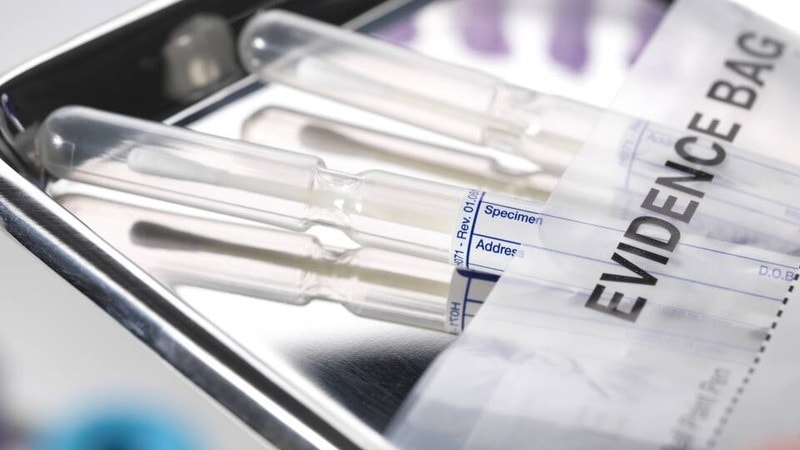A forensic evidence bag is a fundamental component in forensic investigations. It comes with tamper-evident features to ensure evidence remains untampered until forensic professionals examine it. This is essential in legal cases where the integrity of scientific evidence can determine the outcome of a trial.
In this article, we will examine the role of forensic evidence bags in criminal investigations, their tamper-evident security features, and the best practices forensic professionals can use to maintain evidence security.
What is Forensic Evidence
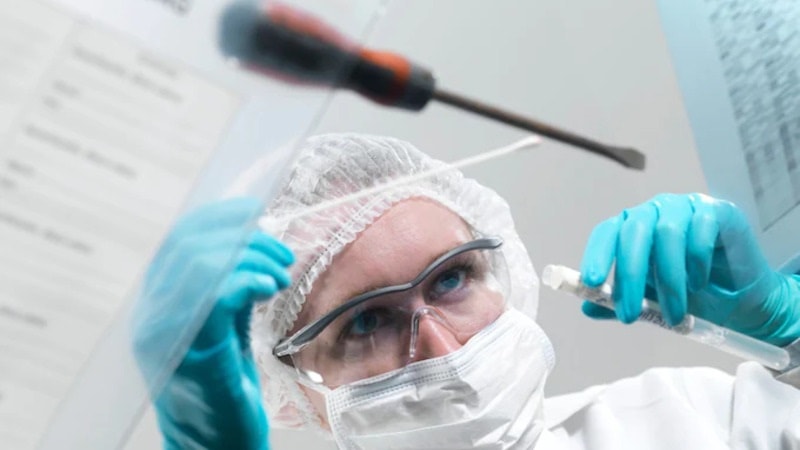
Forensic evidence refers to “scientific findings” to establish facts related to a crime. Forensic evidence is used in various settings, including forensic, scientific, and medical research, to help solve crimes. The following are some examples of forensic evidence:
- DNA Evidence: Identifies individuals using genetic material.
- Fingerprint Evidence: Matches prints to suspects or crime scenes.
- Trace Evidence: Includes fibers, gunshot residue, or hair samples.
- Digital Evidence: Extracted from electronic devices.
- Ballistics Evidence: Analyzes firearms and ammunition.
Forensic evidence is gathered through various scientific methods, including DNA analysis, fingerprint examination, ballistics testing, and toxicology reports. And the reliability of forensic evidence depends on proper evidence collection, handling, and analysis. If compromised, it can lead to wrongful convictions or dismissed cases.
The Role of Evidence Bags in Forensic Science
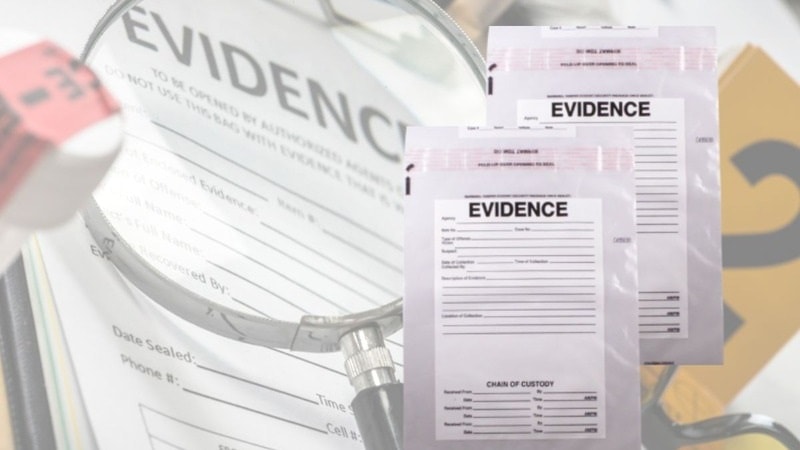
Tamper evidence bags are an essential tool in forensic science, designed to protect and preserve physical evidence collected from crime scenes. These bags ensure that DNA samples, trace evidence, and other physical evidence remain uncontaminated during transport and storage.
To maintain the integrity of forensic evidence, these bags include tamper-evident features that reveal any unauthorized access. This ensures that evidence remains untampered during legal matters, from evidence collection to trial. That’s why law enforcement agencies and forensic scientists rely on these bags to secure crime scene materials, ensuring a clear chain of custody.
The proper use of forensic evidence bags directly impacts the outcome of criminal investigations. When evidence is collected, labeled, and sealed correctly, it strengthens forensic analysis and legal proceedings. That’s why, by using high-quality forensic evidence bags, investigators can uphold the integrity of the criminal justice system and help ensure fair trials.
Types of Evidence Bags
Forensic evidence bags come in different types, each designed to store specific kinds of evidence while ensuring proper preservation and security. Here are the common types of forensic evidence bags:
Plastic Evidence Bags
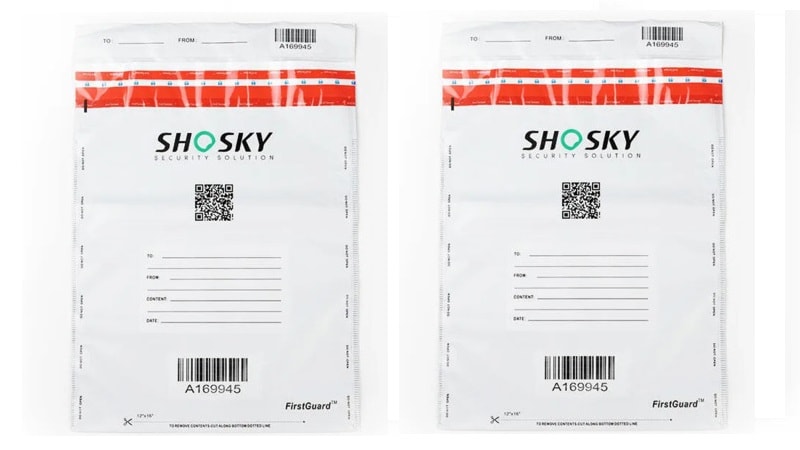
Plastic evidence bags are widely used in forensic investigations because they provide a durable and protective environment for collected materials. These bags are made from high-quality, transparent plastic that allows investigators to visually inspect the contents without opening them.
They are ideal for storing non-biological evidence such as firearms, tools, electronics, and other physical objects that do not require airflow. Many plastic evidence bags come with security seals that prevent unauthorized access and ensure the integrity of the evidence.
Plastic evidence bag’s moisture-resistant properties make them particularly useful for storing items that could be affected by environmental conditions. However, because plastic can trap moisture, these bags are not suitable for biological evidence, as they can accelerate the growth of mold and bacteria, potentially compromising DNA samples.
Paper Evidence Bags
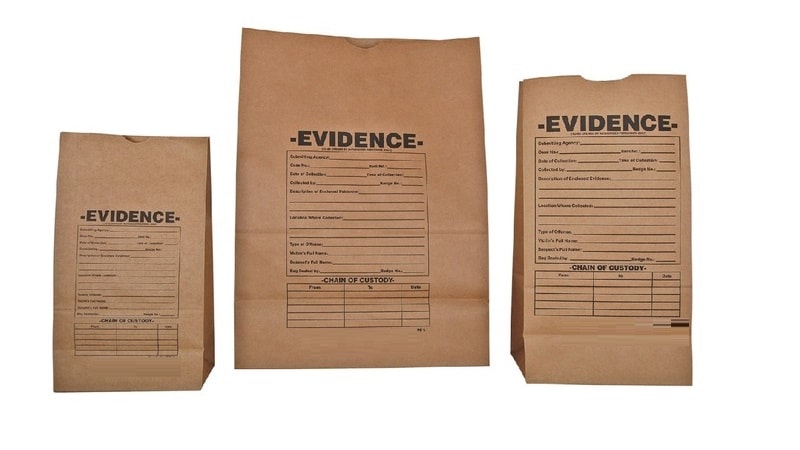
Paper evidence bags are preferred for storing biological materials, including blood-stained clothing, fabric samples, and organic materials. Unlike plastic, paper allows air circulation, preventing the buildup of moisture that could degrade evidence over time.
These bags are commonly used in forensic labs to store trace evidence such as bodily fluids, hair, fibers, and documents that may contain fingerprints or chemical residues. In addition to their breathability, paper evidence bags are also biodegradable and environmentally friendly, making them a sustainable choice for evidence storage.
Investigators must ensure that paper bags are properly sealed and labeled to maintain the chain of custody and prevent contamination. To further protect delicate samples, evidence is often placed in a paper bag and then stored in a secondary container for added security.
Specialty Evidence Bags
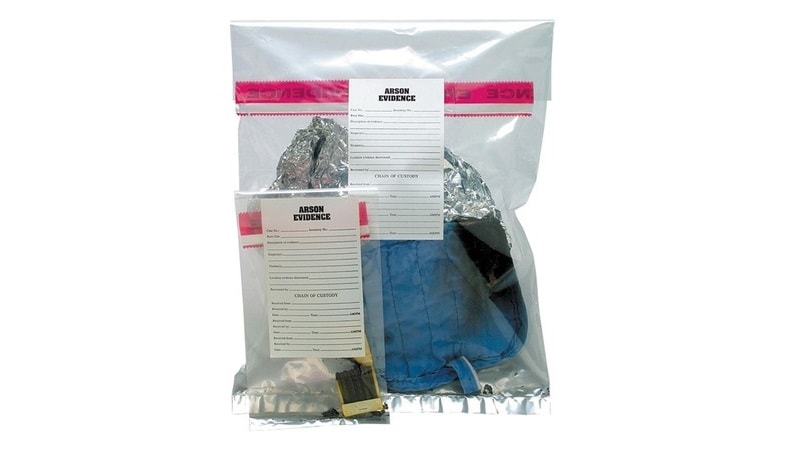
For specialized evidence types, there are tamper-evident bag options designed to meet specific forensic needs. These bags offer enhanced protection for sensitive, hazardous, or easily degradable evidence, ensuring proper storage and security. Here are the common specialty evidence bags that are designed for unique forensic applications:
- Fire Debris Evidence Bags: Specifically designed to store fire-related evidence, such as charred materials, ash, and accelerant residues. Made from materials like nylon or special foil-lined bags, these prevent contamination and allow forensic experts to analyze potential arson-related evidence without losing volatile compounds.
- Drug Evidence Bags: Used for the secure storage of narcotics, prescription drugs, and other controlled substances. These bags often feature tamper-evident seals, reinforced edges, and opaque designs to prevent unauthorized access and ensure proper chain of custody.
- Currency and Document Evidence Bags: Designed to store money, checks, receipts, and legal documents while preventing tampering or environmental damage. Many of these bags include tamper-evident features such as heat-sealed closures, serialized tracking numbers, and water-resistant materials.
Specialty evidence bags are an essential component of forensic investigations, providing customized solutions for different types of evidence. By selecting the correct bag type, forensic professionals ensure that critical evidence remains preserved, secure, and admissible in court.
Tamper Evident Features and Security Measures
Tamper-evident features are crucial for maintaining the integrity of forensic evidence and ensuring its admissibility in court. These features provide clear and irrefutable proof that the physical evidence has not been tampered with or compromised since its collection. Common tamper-evident features include:
Tamper-Evident Seals
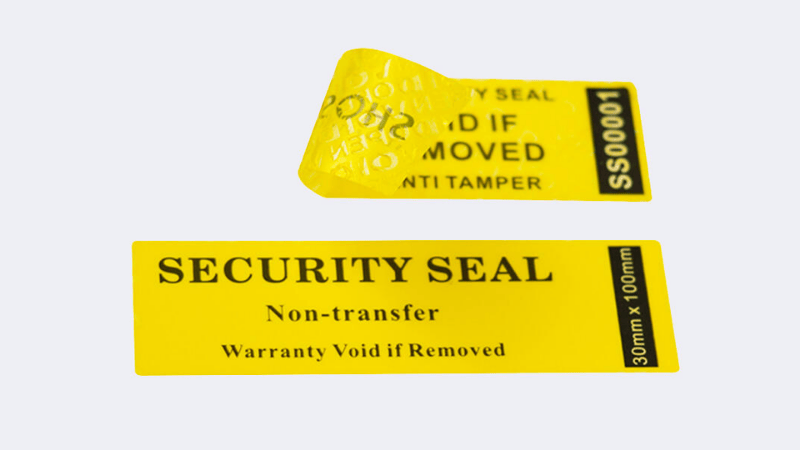
One of the most crucial security measures in forensic evidence bags is the tamper-evident seal. These seals are designed to provide visible proof of any unauthorized attempt to open or interfere with the contents. Many bags use high-strength adhesive seals that leave a “VOID” message or change color if tampered with.
This is particularly important in jury cases where evidence must be handled by multiple parties, such as crime scene investigators like police, forensic analysts, and legal professionals for validity. A properly sealed bag reinforces the credibility of the investigation and ensures that the evidence remains legally admissible.
Security Bag Tape
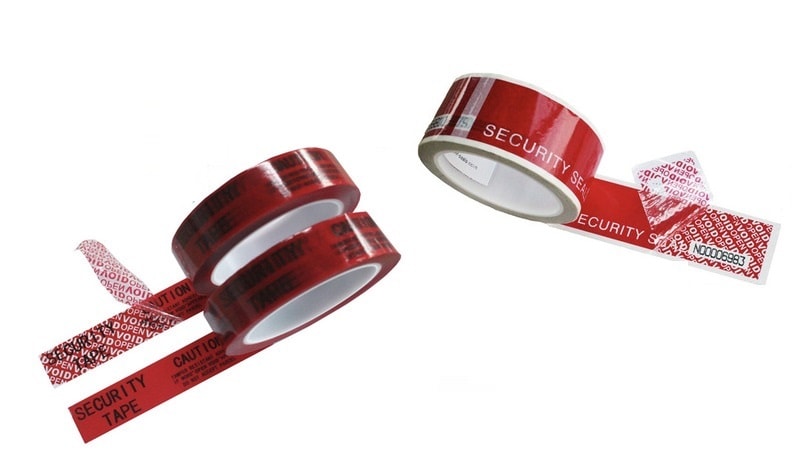
Security bag tape is another essential tamper-evident feature used to seal evidence bags and containers. This specialized tape is designed to prevent unauthorized access by leaving visible proof of tampering. If someone attempts to remove or peel off the tape, it will leave a residue or break apart, making it impossible to reseal without detection.
Security bag tape is commonly used in forensic investigations, especially when sealing larger forensics evidence bags or boxes containing multiple pieces of evidence. Some tapes include additional security features such as serial numbers or UV-sensitive ink to prevent counterfeiting. These measures ensure that evidence remains protected during storage.
Tamper-Evident Labels

Tamper-evident labels play a vital role in forensic evidence security by providing an extra layer of protection against unauthorized handling. These labels are designed to show immediate signs of tampering, such as leaving a “VOID” message or breaking apart when removed.
Forensic professionals use tamper-evident labels to seal individual pieces of evidence, forensic kits, or storage containers. In addition to their tamper-proof design, these labels can include barcodes, serial numbers, or QR codes to maintain accurate records and facilitate evidence tracking. This helps in preserving the chain of custody and ensuring accountability at every stage of the investigation.
Material Properties
The material used in forensic evidence bags itself can contribute to tamper-evidence. Some bags are made from materials that tear easily or leave visible marks when punctured, providing immediate signs of tampering. Others may include reinforced layers that make it difficult to cut or alter the bag without detection.
Additionally, some forensic evidence bags are designed with chemically reactive materials that change color when exposed to certain substances, such as solvents or heat. This feature ensures that any attempt to manipulate the bag leaves a visible trace, further securing the integrity of the collected evidence.
How to Implement Forensic Evidence Bags in Investigations
Proper use of forensic evidence bags is essential for preserving the integrity of collected materials and ensuring their admissibility in court. The following steps outline the best practices for implementing forensic evidence bags in investigations.
Step 1: Select the Right Evidence Bag
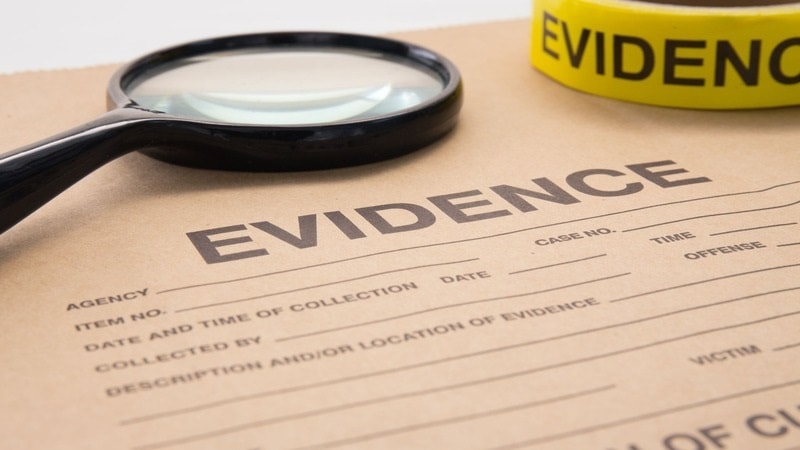
Choosing the right type of forensic evidence bag is the first step in ensuring proper evidence preservation. Those involved in the collection of evidence must understand that each case and evidence needs a different bag.
Using the wrong type of bag can compromise the integrity of evidence. So, they must assess the nature of the evidence and select a bag that ensures proper preservation while preventing environmental damage. This step is crucial in maintaining the reliability of forensic findings.
Here is a quick rundown of which bag you can use for different purposes:
| Type of Evidence Bag | Best For |
|---|---|
| Plastic Evidence Bags | Firearms, tools, electronics, non-biological evidence |
| Paper Evidence Bags | Biological evidence (e.g., blood-stained clothing, fibers) |
| Fire Debris Evidence Bags | Charred materials, ash, accelerant residues |
| Drug Evidence Bags | Narcotics, prescription drugs, controlled substances |
| Currency & Document Bags | Money, checks, receipts, legal documents |
Step 2: Collect Evidence
Once evidence is identified and documented at a crime scene, it must be carefully collected and packaged to avoid contamination.
- Investigators should use gloves and sterile tools to handle evidence properly.
- Biological evidence should be air-dried before placing it in a paper bag to prevent mold growth.
- Sharp objects should be secured in reinforced containers or puncture-resistant evidence bags.
- Each item must be placed in a separate bag to avoid cross-contamination.
Following proper collection techniques ensures that evidence remains untainted for forensic analysis.
Step 3: Seal the Evidence Bag with Tamper-Evident Seals

After placing the evidence inside the appropriate bag, it is important to seal it using tamper-evident features to prevent unauthorized access. Before sealing, investigators need to inspect the bag for any pre-existing damage and confirm that it is securely closed. If any signs of tampering or seal breaches are detected, they must be documented immediately.
Step 4: Label and Document Evidence Bag
Each forensic evidence bag should also be clearly labeled and documented to establish a transparent chain of custody. Proper documentation should include:
- Case number and crime scene location
- Date and time of collection
- Description of the evidence inside the bag
- Name and signature of the officer handling the evidence
Step 5: Transport and Store the Evidence Bag Securely
Once evidence is packaged and labeled, it is time to transport and store it in a controlled environment. Forensic scientists can use evidence lockers with restricted access to ensure that only authorized personnel can handle or retrieve evidence.
After that, storage conditions should be monitored regularly to ensure that the integrity of the evidence is not compromised. Secure transportation and proper storage protocols are crucial in maintaining the reliability of forensic findings and preventing chain of custody issues.
Best Practices for Selecting, Using, and Sealing Forensic Evidence Bags
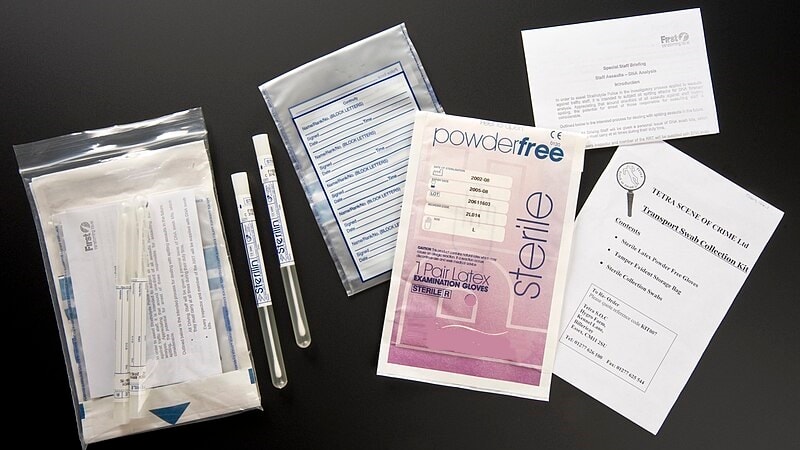
Proper selection, handling, and sealing of forensic evidence bags are critical to preserving the integrity of collected materials. Investigators must follow best practices to prevent contamination, tampering, or loss of evidence.
When selecting an evidence bag, the material should match the type of evidence being collected. Proper handling is equally important. Investigators should wear gloves and use sterile tools to prevent cross-contamination. Each item should be placed in a separate, appropriately sized bag to avoid damage or mix-ups.
Lastly, sealing must be done using tamper-evident features, such as self-adhesive security seals or heat-sealing methods, to prevent unauthorized access. Labels should include case details, dates, and signatures to maintain a clear chain of custody. By following these best practices, law enforcement and forensic scientists can ensure the reliability and admissibility of evidence in court.
FAQs
Can forensic evidence bags be reused?
No, they are designed for single use to prevent contamination and maintain evidence integrity.
What are the legal requirements for sealing evidence?
Evidence must be placed in a tamper-evident bag, properly labeled, and documented to ensure chain of custody.
What is the difference between a regular evidence bag and a forensic evidence bag?
Forensic evidence bags have tamper-evident features, security seals, and tracking details to prevent unauthorized access.
Conclusion
Securing evidence from the moment it’s collected until it reaches the courtroom is essential in any criminal investigation. Forensic evidence bags provide an extra layer of security. By using the right type of evidence bag and following proper handling protocols, law enforcement and forensic professionals can safeguard crucial evidence from contamination, tampering, and loss.
Contact for Forensic-Grade Protection
If you’re looking for high-quality forensic evidence bags with advanced tamper-evident features, explore Shosky Security’s wide range of security solutions. Our forensic-grade evidence bags provide unmatched protection! Contact us today to learn more about how our solutions can enhance evidence security in your investigations.
